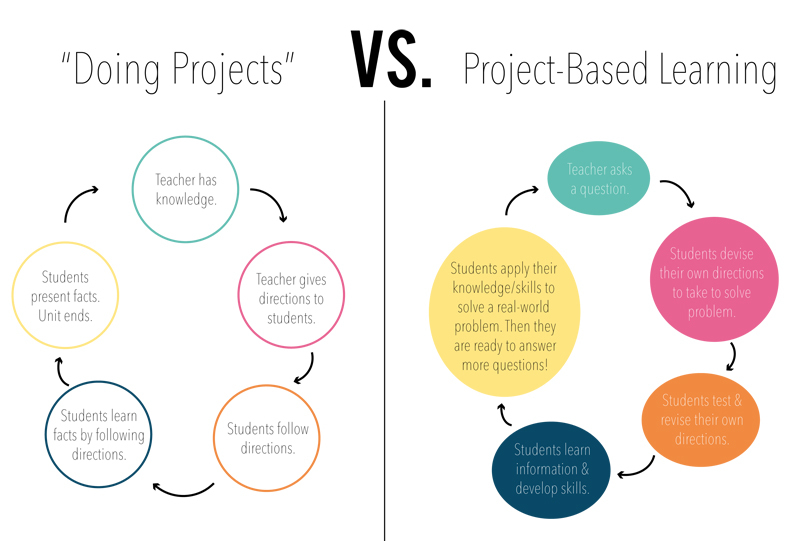Yesterday morning, I had the pleasure of visiting Southport Elementary school south of Indianapolis; this elementary (1-5) school boasts a school-wide project-based learning curriculum. Thus far, I have read a lot about how PBL works and strategies for implementing it, but I haven’t seen any examples of it besides a class here and there at DePauw. One of my classmates is also working on a thesis pertaining to PBL, so we decided to drive out and see the school together.
The building was about a 50 minute drive from Greencastle, IN, and we arrived at 9:30 in the front office. We walked in 3 minutes before a fire drill which of course meant waiting for five minutes of a screaming alarm and students filing past as fast as they could walk. I haven’t seen many elementary school fire drills, but I thought the students were very well-behaved considering the circumstances. After the drill, we met with the principal, Jeffery Spencer, and the assistant principal, Kim Witkempter. They were extremely welcoming from the get-go. I know how much work administrators have each day, so it was kind of them to talk with us and give us a tour of the school. I learned so much it’s going to take a while to share it all with you! I’ll break up the information into a couple of posts, so it’s easier to read. There’s just so much to talk about! In this post, I’ll start with the chat my classmate and I had with Spencer and Witkempter before we went on a tour.
The Pre-Tour Chat
Before and after the tour, we had the opportunity to sit with Spencer and Witkempter to ask any questions we had about their building and anything relating to PBL. We started by asking their background with PBL and how the school became a total PBL building. Spencer has been in education for 15+ years and has been involved in the PBL community for a while. Before becoming an administrator, he was a middle school history teacher, and he used PBL in his classrooms even though the entire building may not have been a PBL school. He started his journey as an administrator after realizing many of his students were just not into history – a sentiment I’m sure many history teachers and younger history students resonate with (I bet it’s not easy to get 13 year olds into history). When he arrived at Southport Elementary, Witkempter was also starting as the new assistant principal with no previous experience doing PBL.
She explained her skepticism of PBL, but how her trust in Spencer and his passion inspired her to change the school alongside them. They explained how they transitioned over a three-year span into a fully functioning PBL building and how that transition impacted their faculty and their students. Their first year, they dabbled in PBL with some of their faculty and helped obtain training for those who were eager to begin. The second year, some of their faculty launched PBL projects and curriculum to test drive it’s functionality and to show other faculty members what PBL looks like and what it takes to use it. This third year, the entire faculty and staff are PBL trained, and Spencer and Witkempter hired various new positions to keep the school organized and supported. I’ll have more about this in my next post!
Witkempter debunked a myth about PBL right away. She explained that their classes don’t always do projects. While projects and real-world problems are a centerpiece of the curriculum, the classes are not always in the middle of a project. She used one of their fifth grade classes as an example. Last semester, they worked on a project for veterans day that involved learning more about veterans and their lives and culminated in a celebration of local veterans at the school. During class time, it was fairly easy for teachers to incorporate readings about veterans and use writing time for explaining what they had learned; however, in math the students needed to learn about fractions. She said that of all of the core subjects, math tended to be the hardest to incorporate into all of the projects. When that happened, the students would spend math time learning a lesson about fractions.

Before talking with her, I wondered what would happen if a standard in one subject did not correlate with the project the class was working on. Did that standard get brushed aside? Did all the projects somehow manage to encompass all of the standards and requirements? It turned out to be much simpler than that; the teachers just held a lesson on the required material! Learning that helped me to understand the practice of PBL rather than just the theory. Some of the lessons have to be taught outside of the project, but that doesn’t mean the teachers try to incorporate as much as possible into each lesson.
In just that first 15 minute conversation with them, I learned something new about PBL that clarified multiple questions I had been asking myself. After our quick chat, I couldn’t wait to go to the classrooms and observe the teachers and students in action. In my next post, I’ll talk about everything I saw and learned from the students and teachers on our school-wide tour! Post any comments or questions you might have about the tour or from this post!
Pictures via theedadvocate.org and http://www.perryschools.org/se/
